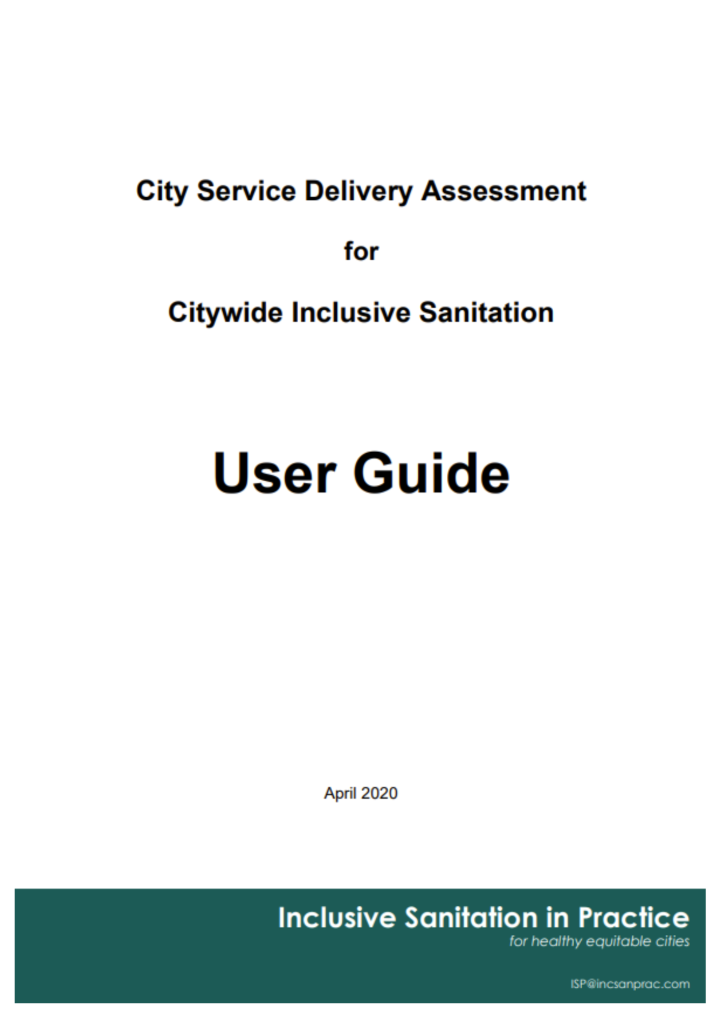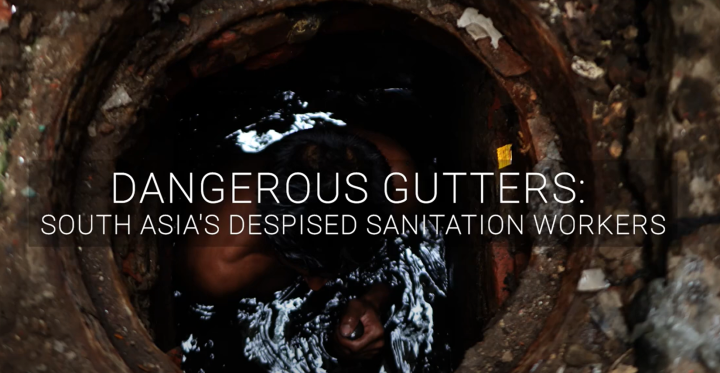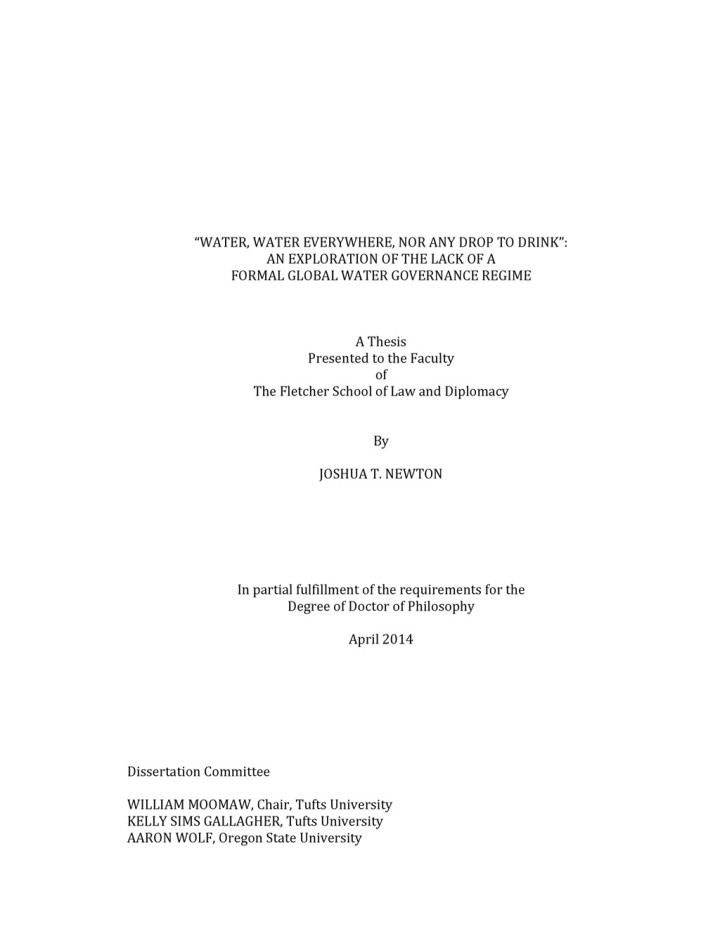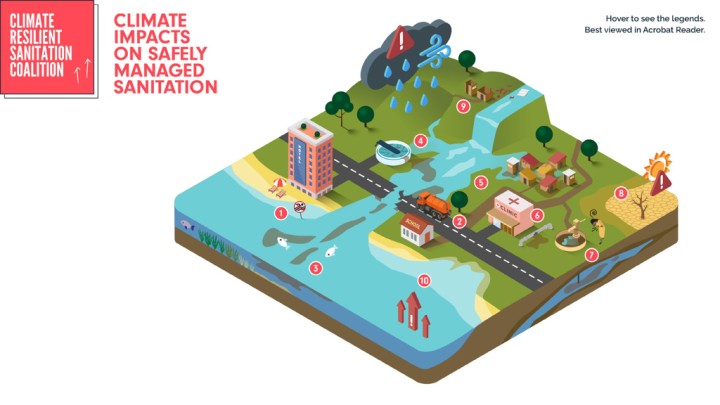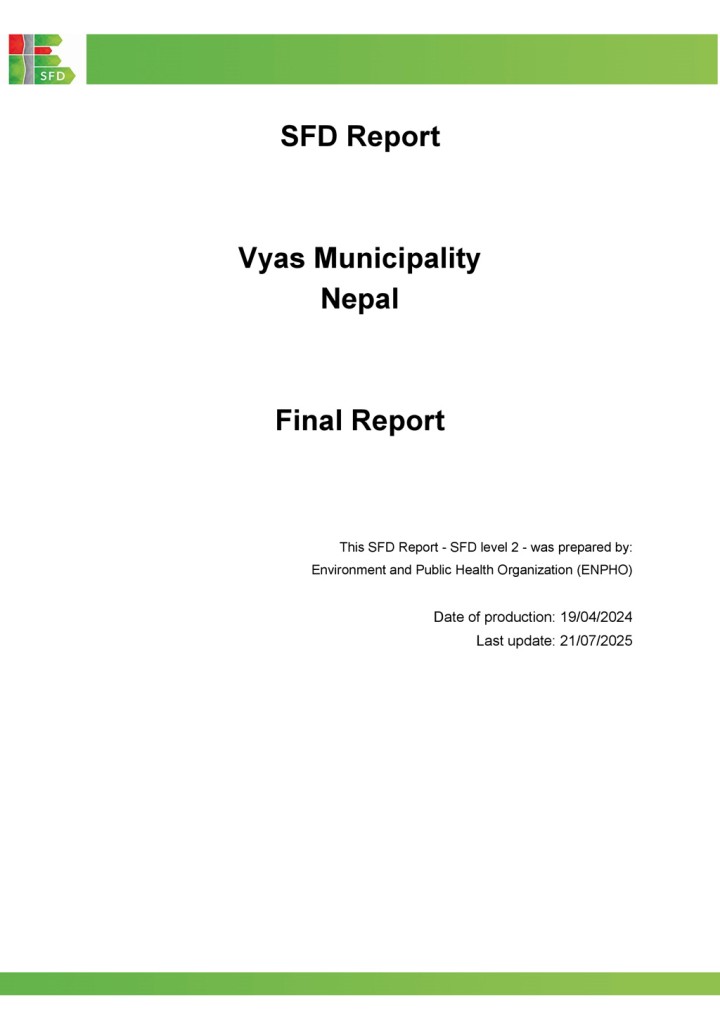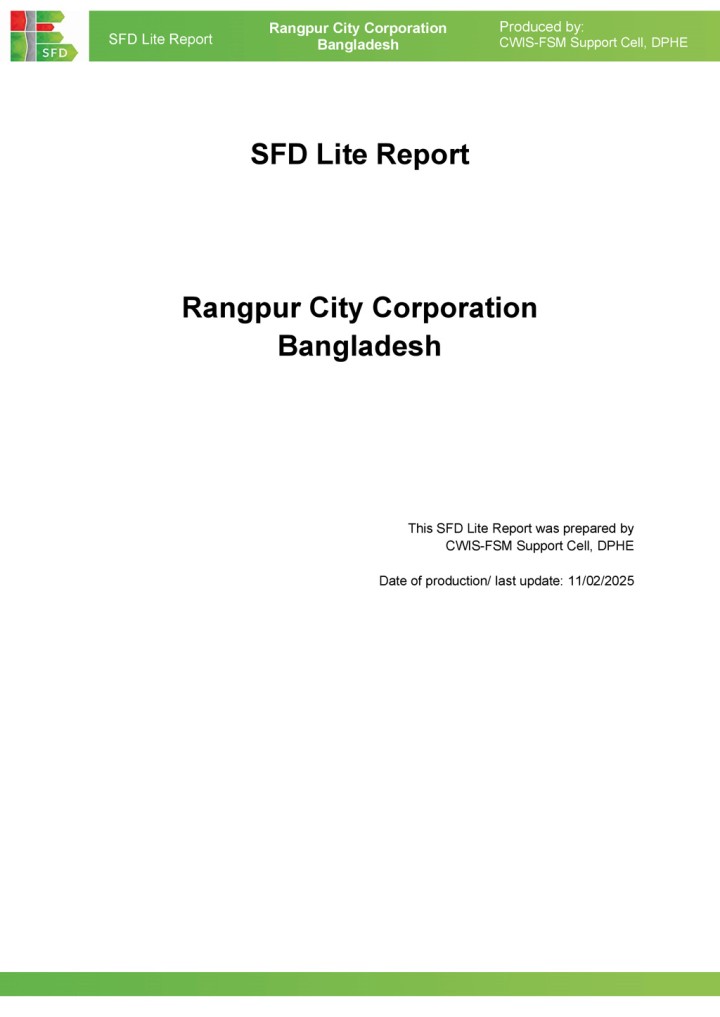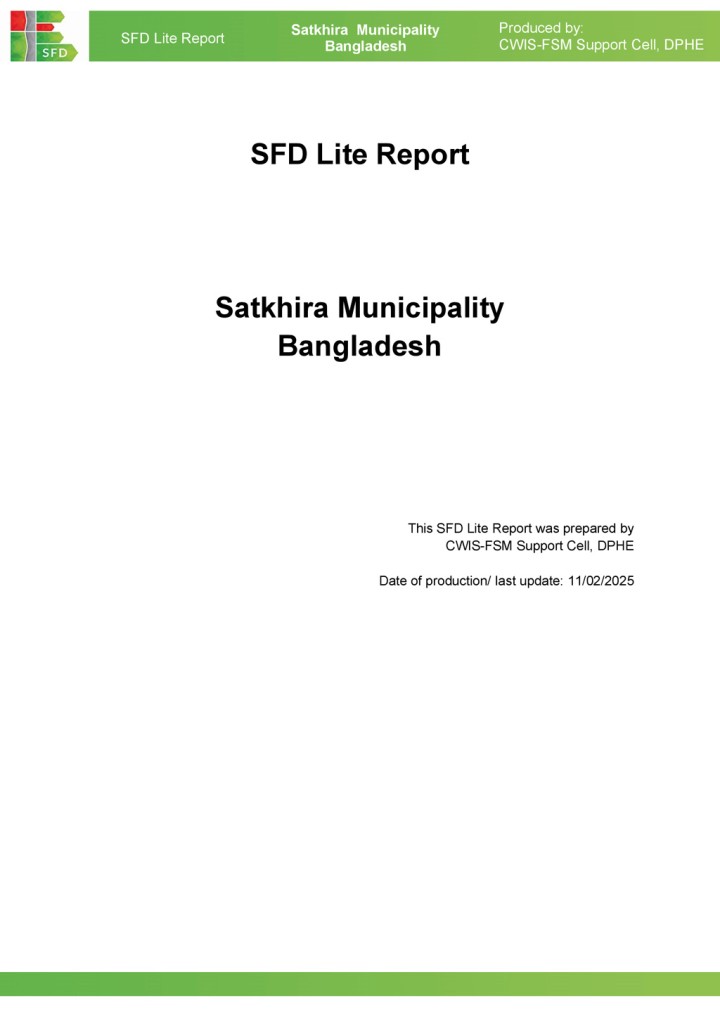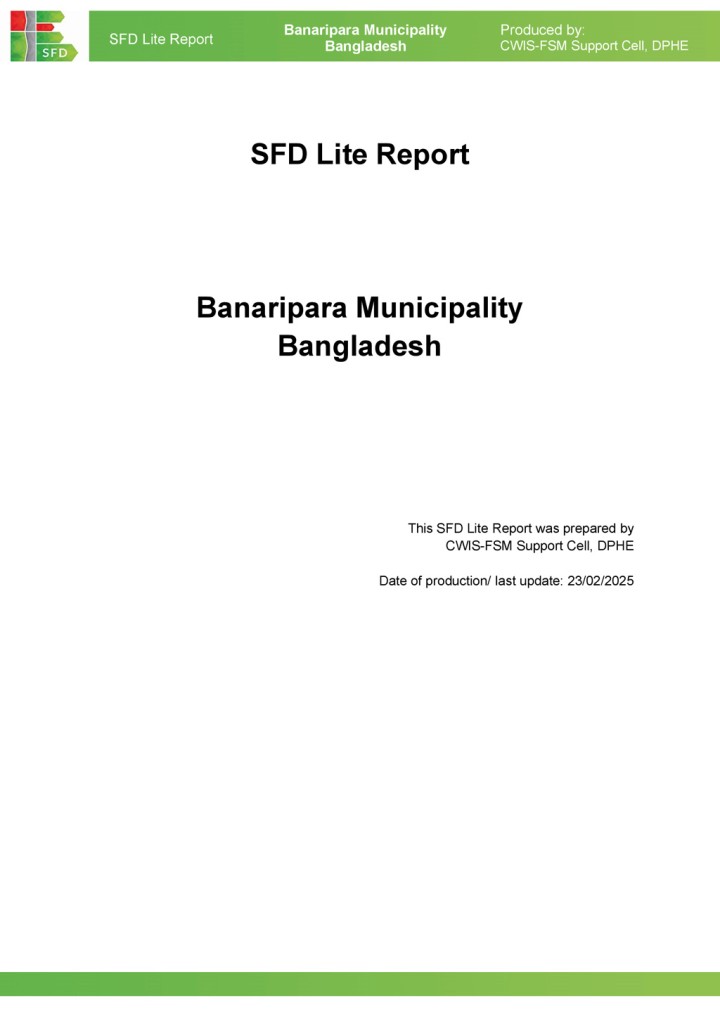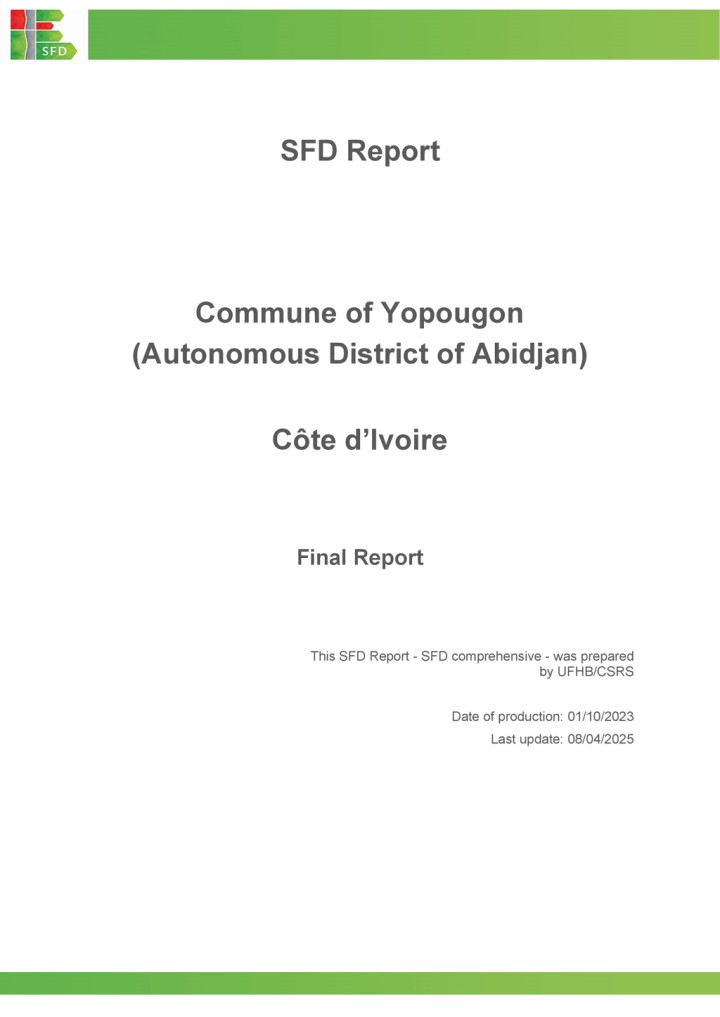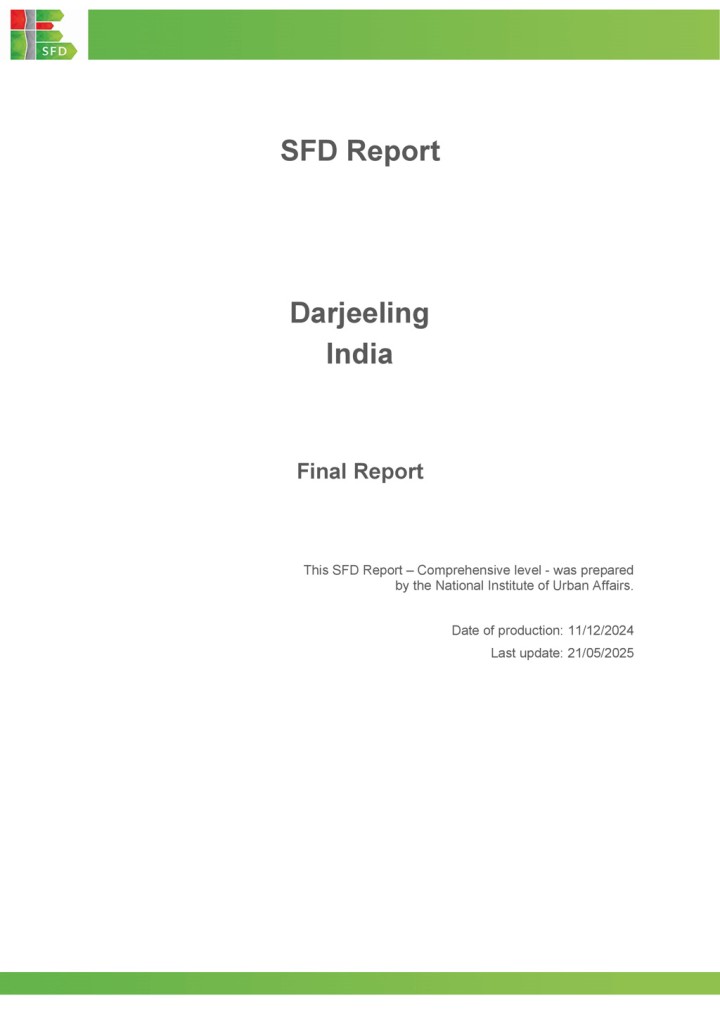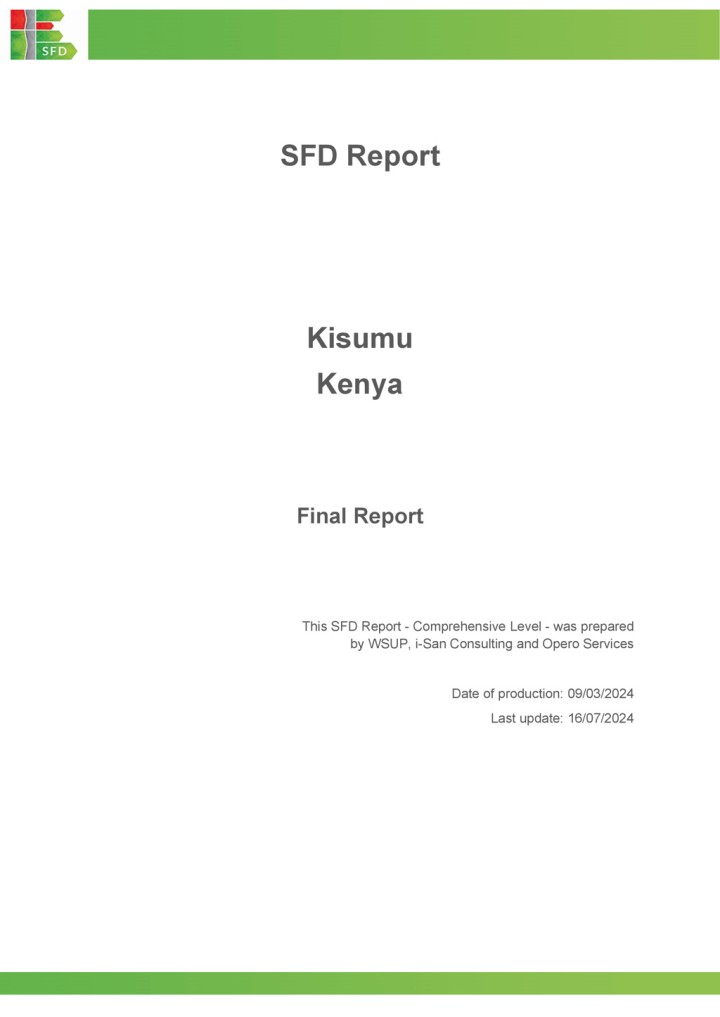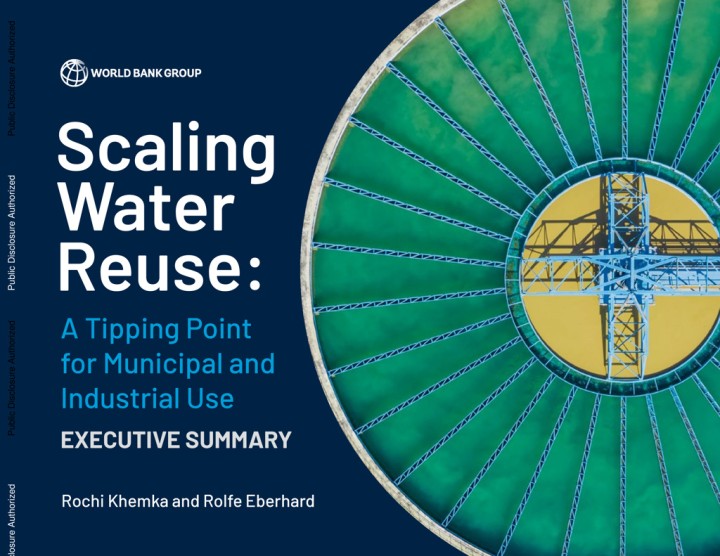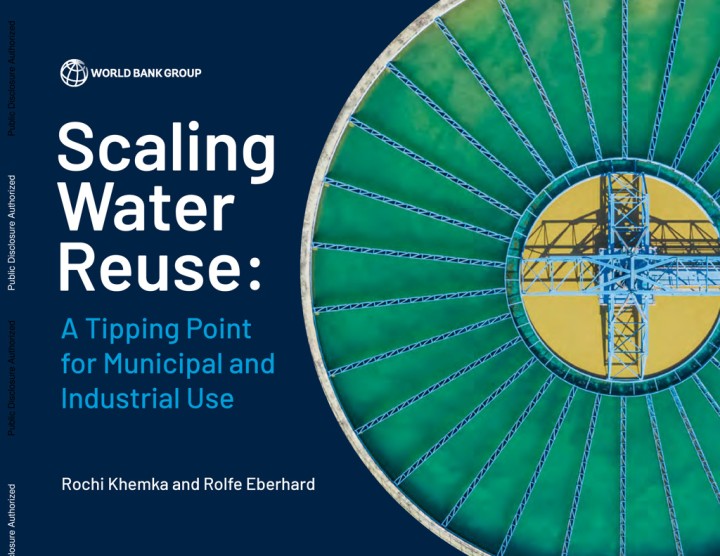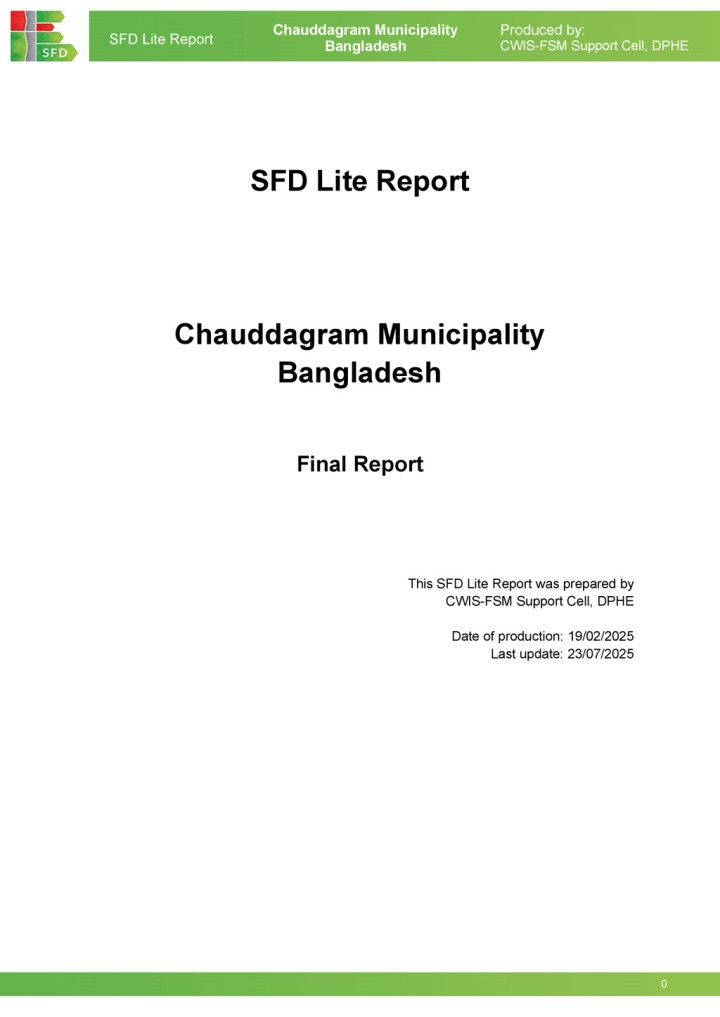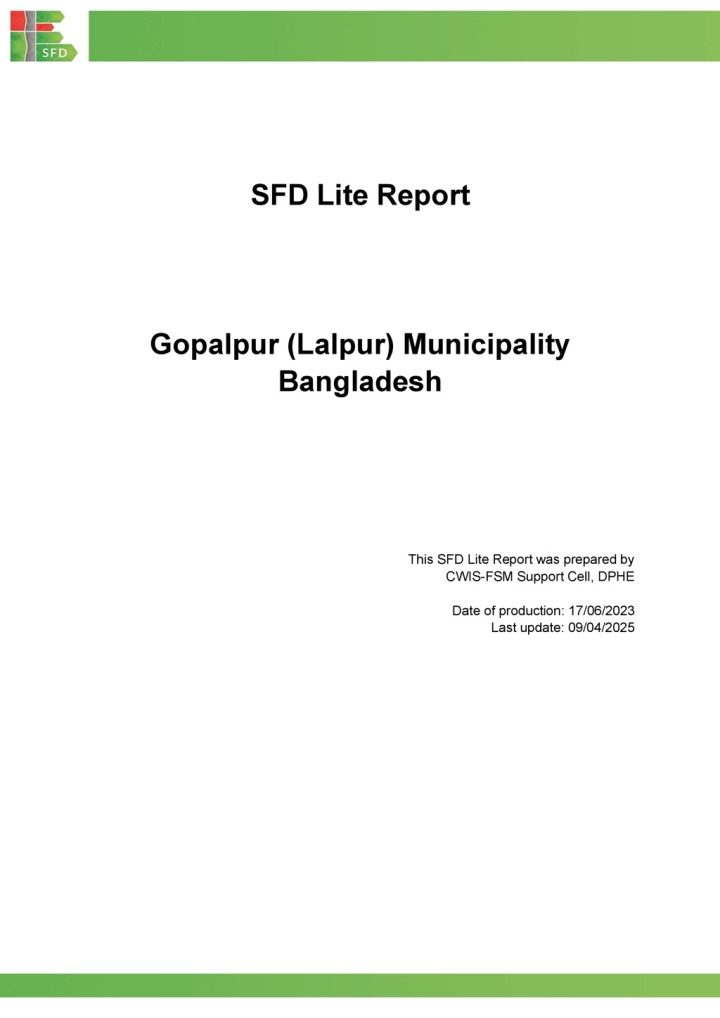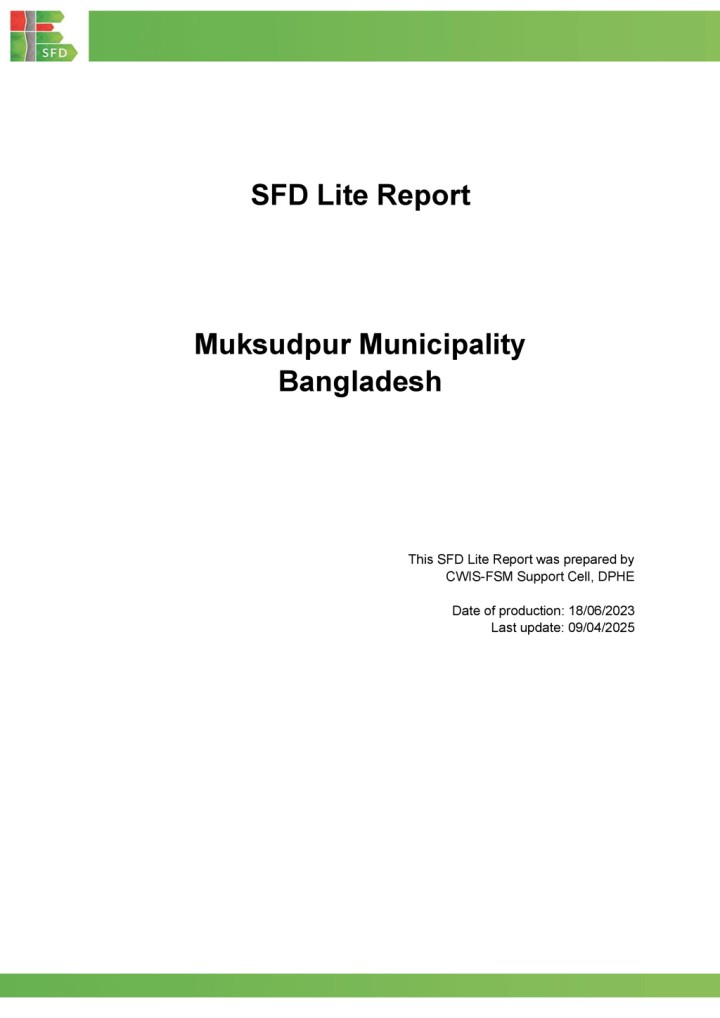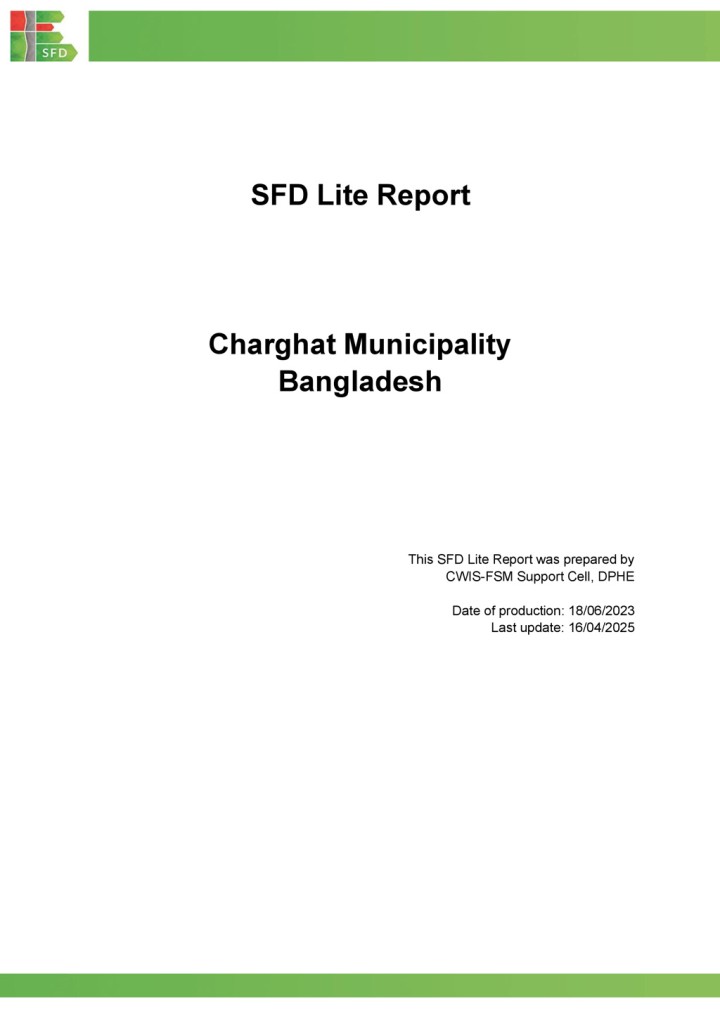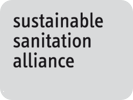Blackett, I., Hawkins, P. (2019) City Service Delivery Assessment for Citywide Inclusive Sanitation - User Guide
The City Service Delivery Assessment (CSDA) is a complementary tool to assess why the situation is as it is. It supports a systematic process for working with stakeholders to assess the enabling environment for Citywide Inclusive Sanitation (CWIS). It is accompanied by an Action Checklist to help stakeholders identify and prioritise immediate and follow-up actions to improve the enabling environment to facilitate the delivery and […]
PPILDA (Projet de Promotion de l’Initiative Locale pour le Développement à Aguié) (2009) Guide d’animation en Assainissement Productif Version 1.0 – Outil pour la formation et l’accompagnement communautaire
This practical guide was developed to support community facilitators and field animators in promoting productive sanitation practices in rural areas of Niger. Building on the PHAST (Participatory Hygiene and Sanitation Transformation) methodology, it provides participatory tools to help communities understand the health risks of poor excreta management and the agricultural value of hygienized urine (Takin Ruwa) and feces (Taki Busasché). The document explains the construction, […]
Initiative for Sanitation Workers (ISW) (2025) Sanitation workers, 6 years on: Successes, resources and looking forward
In Stockholm World Water Week 2019 the seminal report “Health, safety and dignity of sanitation workers. An Initial Assessment” was launched. It highlighted the appalling working conditions sanitation workers face and set out key areas for action. Accordingly, WaterAid, World Bank, WHO, ILO and SNV formed the Initiative for Sanitation Workers (ISW), a global advocacy alliance. Acknowledging that without a protected and healthy workforce the Sustainable Development […]
PSI Global Union (2023) Dangerous Gutters: South Asia's Despised Sanitation Workers
Sanitation workers across South Asia, including Bangladesh, face severe challenges in their work, from discrimination, lack of respect, low wages, and dangerous working conditions. In Bangladesh, they live in separate housing compounds in terrible conditions, their children face educational barriers, and malnutrition is common due to insufficient wages. These challenges are exacerbated by socio-cultural issues, such as the caste system, leading to further marginalisation. Mohammad Lokman […]
Joshua T. Newton (2014) “WATER, WATER EVERYWHERE, NOR ANY DROP TO DRINK”: AN EXPLORATION OF THE LACK OF A FORMAL GLOBAL WATER GOVERNANCE REGIME
Global water governance has only recently emerged as a focus of study. This is in large part due to a lack of recognition of the importance of water at the global level, because historically water has always been dealt with at the local, national, and basin levels. Global processes impact water use in basins more today than ever before. Because of globalization, there is increasing […]
Climate Resilient Sanitation Coalition (2025) Climate Resilient Sanitation Infographic
This infographic highlights how climate change threatens sanitation systems and, in turn, public health, ecosystems, and economies. It illustrates ten key impacts - from flooding, storms, and droughts to sea level rise and groundwater contamination- showing how fragile sanitation infrastructure can trigger cascading effects on tourism, marine ecosystems, and essential institutions.
ENPHO (2025) SFD (Level 2) Report - Vyas Municipality
Vyas Municipality is established in 1991. It is located in Tanahun District, Gandaki Province. The Municipality has a total of fourteen political wards. Vyas municipality occupies an area of 248 km2. The Municipality is enclosed by Bhanu Municipality in the East, Myagde Rural Municipality and Shuklagandaki Municipality in the West, Rhishing and Bandipur Rural Municipality in the North and Kaski and Lumjung District in the […]
CWIS-FSM Support Cell, DPHE (2025) SFD (Lite) Report - Rangpur City Corporation
Rangpur is a fast-growing city, which is 303 km away from the Dhaka city. It is beside the Ghaghat River and well connected with road and railways. It is one of the oldest towns and was declared City Corporation in 2012. The geographical coordinates of Rangpur are in between 25°18' and 25°57' north latitudes and in between 88°56' and 89°32' east longitudes. According to the population […]
CWIS-FSM Support Cell, DPHE (2025) SFD (Lite) Report - Satkhira Municipality
Satkhira is a fast-growing city, which is 260.1 km away from the Dhaka city. It is beside the Betna River and well connected with road and water. It is one of the oldest towns in the sub-continent and was declared Municipality in 1869. Satkhira is one of the 53 district level municipalities in the country. The geographical coordinates of Satkhira are in between 21°36' and […]
CWIS-FSM Support Cell, DPHE (2025) SFD (Lite) Report - Banaripara Municipality
Banaripara is the smallest Upazila in the Barishal District, located in the south of Bangladesh. Banaripara (Upzila?) came into existence in 1980. The geographical coordinates of Banaripara are between 22°45' - 22°52' N and 90°02' - 90°13' E. Banaripara Upazila is bordered by Wazirpur Upazila to the north and east, Nesarabad Upazila of Pirojpur District and Jhalakati Sadar Upazila of Jhalakati District to the south, […]
SuSanA (2025) 35th SuSanA Meeting - Presentations, Recordings and further Resources
The 35th SuSanA Meeting took place on 23 August 2025. It was organised by the SuSanA Secretariat with support and contributions from the Global Steering Committee, SuSanA Partners, Members, Working Groups, Regional Chapters, and many others. This page serves as a central collection point for various resources from the meeting, including recordings, presentations, and an overview of the programme. We would like to once again thank all […]
UFHB/CSRS (2024) SFD (Level 3) Report - Commune of Yopougon
Yopougon is the most densely populated commune of the Abidjan autonomous district. It is home to 1,571,065 inhabitants (INS, 2021) and 349,480 households over on an area of 164.2km². This density, which represents a quarter of Abidjan's population, is explained by its strategic geographical location as the main gateway to the north of Abidjan and its status as a working class district offering affordable living […]
NIUA (2024) SFD (Level 3) Report - Darjeeling
Darjeeling is located on the northernmost edge of the state of West Bengal with the geological coordinates 27°2′15″ N, 88° 15′ 47″ E and has an elevation of 2042m from the mean sea level, it consists of four major sub-divisions, namely Darjeeling Sadar, Kurseong, Siliguri and Mirik. The Darjeeling Sadar division consists of the Darjeeling Municipality (DM), which is the governing body administering an area […]
WSUP, i-San Consulting and Opero Services (2024) SFD (Level 3) Report - Kisumu (2024)
Kisumu, western Kenya's third-largest city, spans 231 km² and serves as Kisumu County's capital. Located at the north-eastern fringe of the Winam Gulf, it is a vital industrial and commercial hub. The city administratively comprises 25 sub-locations grouped into 10 main locations. In 2019, Kisumu's population was 457,278 with a density of 4,164 persons/km², projected to reach 519,909 by 2024, increasing the density to 4,734 persons/km². The […]
Khemka, Rochi, and Eberhard, Rolfe (2025) Scaling Water Reuse: A Tipping Point for Municipal and Industrial Use - Executive Summary
Water reuse is no longer a marginal consideration; it is a strategic necessity. Around the world, cities and industries are under growing pressure from water scarcity, pollution, and climate stress. The treatment and reuse of used water offers a powerful and practical response—a dependable source that enhances water security, supports economic development, and strengthens climate resilience. This report makes a case […]
Khemka, Rochi, and Eberhard, Rolfe (2025) Scaling Water Reuse: A Tipping Point for Municipal and Industrial Use
Water reuse is no longer a marginal consideration; it is a strategic necessity. Around the world, cities and industries are under growing pressure from water scarcity, pollution, and climate stress. The treatment and reuse of used water offers a powerful and practical response—a dependable source that enhances water security, supports economic development, and strengthens climate resilience. This report makes a case […]
CWIS-FSM Support Cell, DPHE (2025) SFD (Lite) Report - Chauddagram Municipality
Chauddagram Municipality is a municipality in the Chauddagram Upazila, which is situated in Cumilla district under Chittagong division. The geographical coordinates of Galachipa are 23° 13' 0.12"N and 91° 19' 0.12"E. Chauddogram Paurashava is situated in the Cumilla District. Its borders are the Tripura state of India on the east, the Nangalkot and Laksham upazilas on the west, Feni Sadar and Daganbhuiyan upazilas on […]
CWIS-FSM Support Cell, DPHE (2025) SFD (Lite) Report - Gopalpur(Lalpur)Municipality
Gopalpur (Lalpur) Municipality lies within Lalpur Sub-District (Upazila) in the Natore District (Zilla) which is under the Rajshahi Division. The geographical coordinates of Gopalpur (Lalpur) are 24°33'29.88"N and 89°55'0.12"E. Gopalpur (Lalpur) Municipality is situated in the Lalpur Sub-District. It is bordered on the north by the upazilas of Bagatipara and Baraigram, on the south by the upazilas of Ishwardi, Bheramara, and Daulatpur (Kushtia), on […]
CWIS-FSM Support Cell, DPHE (2025) SFD (Lite) Report - Muksudpur Municipality
Muksudpur Municipality is situated within the Muksudpur Sub-District (Upazila) in Gopalganj District (Zila), which is under Dhaka Division. The Municipality is located at south-western part of Bangladesh and about 70 km away from the Dhaka City. The geographical coordinates of Muksudpur are between latitude 23°10'N and 23°22'N and longitudes 89°48'E and 90°02' E. Muksudpur District is bordered on the north by the Upazilas of Saltha, […]
CWIS-FSM Support Cell, DPHE (2025) SFD (Lite) Report - Charghat Municipality
Charghat Municipality is a Municipality in the Charghat Upazila, which is situated in Rajshahi District under Rajshahi Division. The geographical coordinates of Charghat are 24°16'59.88"N and 88°46'30.00"E. Charghat District’s northern and southern boundaries are Puthia and Paba Upazilas, its southern and eastern boundaries are Bagatipara and Bagha Upazilas, and its western and eastern boundaries are Paba Upazila and west bengal of India. According to the […]
